MOUNTAIN TRAINING - WILD CAMPING: PREPARATION MAKES A HUGE DIFFERENCE!
RULE No 1 "PITCH YOUR TENT" practice at home first, you will thank yourself later - RULE No 2, read rule no 1...
We go adventuring in the outdoors to BE outdoors exploring – hiking, climbing, paddling sometimes we may need to sit in a tent! the most important thing your tent can do is afford lightweight, utterly reliable protection when the weather turns bad and you do have to be “inside.” It might be the intense summer rain squall that drives you into your tent, or a relentless downpour on a fall day. Those worst-case scenarios, like the sudden, severe snow storm that comes out of nowhere; the windy ridge top you get stuck on for days; or the deluge that keeps you pinned to the tiny bit of high ground your tent sits upon. With this in mind, a good quality TENT make those times the most livable!
Equipment Checklist
If there are things you may not have - go with what you do have.
Preparation
First aid kit, Tent, lean-to, or other form of shelter
Sleeping bag and/or blankets for warmth, Sleeping pad and or air mattress to be placed underneath the sleeping bag for cushioning from stones and twigs, as well as for insulation from the ground, head torch, water, food, map, compass, mobile phone, GPS, gas, fuel, hat and gloves, spare clothing, insect head net.
Food
Tasty Light weight and Nutrition content is our aim, Precooked foods, Dehydrated meals, Freeze-dried, cereal bars, chocolate and sweets. Try a combination of these foods to find out what works well for you.
Cooking
Portable stove can be used where campfires are forbidden or impractical.
Location
Camping ‘wild’ is a different way of spending the night outdoors but it isn't allowed everywhere - with a responsible approach however, there are many remote areas where you can still rest your weary head under a star filled sky.
Some National Parks do welcome wild camping, as long as you act responsibly and leave no trace of your visit. Check with the landowner and research if there have been any access issues or rules that apply to the area. Remember if you make a mistake be polite and apologize offering to move on.
Some areas have fresh filtered water and composting toilets.
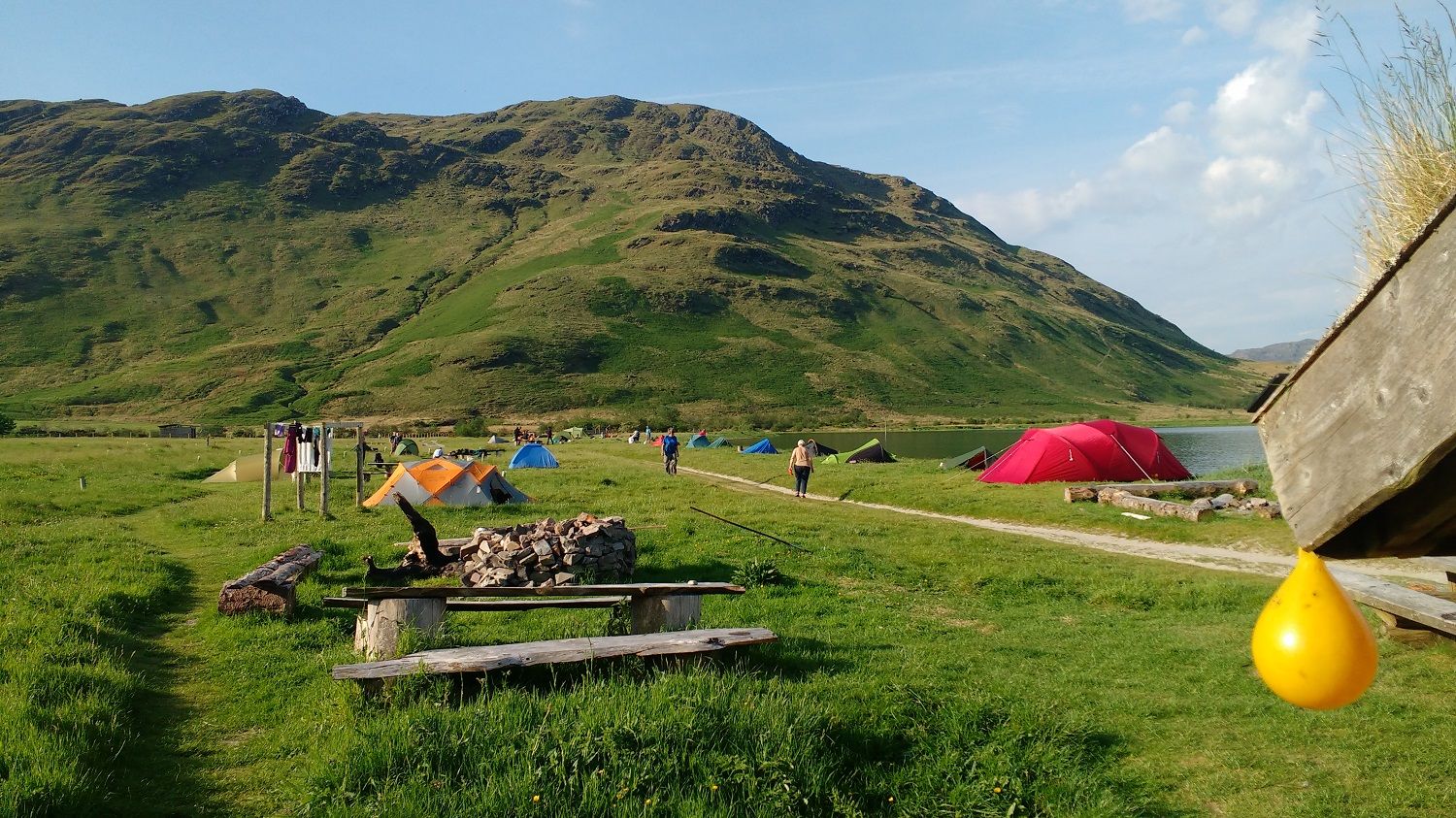
Planning
Look online for a weather forecast, sometimes you only need to travel a short distance to find more suitable conditions. Ask your local outdoor shop where best if you need suggestions for a wild camping trip, they will be more than happy to help.
...............................................
Top tips: For the WILD CAMPING SUPREMO - 'Leave ‘no trace camping’
When you go wild camping, think carefully about your impact – both physically and visually.
Be as discreet as possible, Camp away from popular areas – your presence may attract other campers to your unofficial ‘site’.
Be invisible. A green tent may blend into the landscape whereas a brightly coloured tent can spoil the view. It is best to hide your tent during the day, especially where other walkers could pass by.
Camp in one place for only one or two nights choose dry and well-drained ground.
If you do have to move large stones replace them later - these are likely to be the homes of small insects and plants.
Try to avoid picking a site that means you have to cross sensitive areas to collect water or go to the toilet.
Litter – plan ahead. If you brought it all in you should be able to take it all out!
Carry out all litter – even biodegradable material is slow to decompose in the mountain environment and may be scattered by animals. Do not dig rubbish into the ground or try to hide it under boulders. Try to take away any other litter left by people less considerate than you.
Fires can be highly destructive. Apart from the risks to you, wild fires can be very damaging to vegetation. Heathland fires on blanket bog can burn into the peat and destroy the habitat. The limited amounts of dead wood in the uplands are also essential habitats for the insects on which birds and other animals feed. Charred fire sites are also unattractive.
Use a stove for cooking and put on more clothes, or snuggle down in your sleeping bag to keep warm.
Clean, pure water is a valuable resource relied upon by many people living in the mountain regions. The nutrient content of streams in most upland areas is low, and altering this by adding pollutants and soap could kill local insect and plant life.
If you have to wash, dispose of soapy water well away from water courses.
Toilet areas must be at least 30 metres from water, 100 if possible. Always consider your impact downstream.
When choosing a location, remember that it’s not just humans that are attracted to water :-) Your Ocean/lakeside spot might be a great place to spend the night, but it’s also a natural habitat for some pretty specialised flora and fauna. If you’re likely to disturb them, choose another spot.
Remember stay safe and have fun!
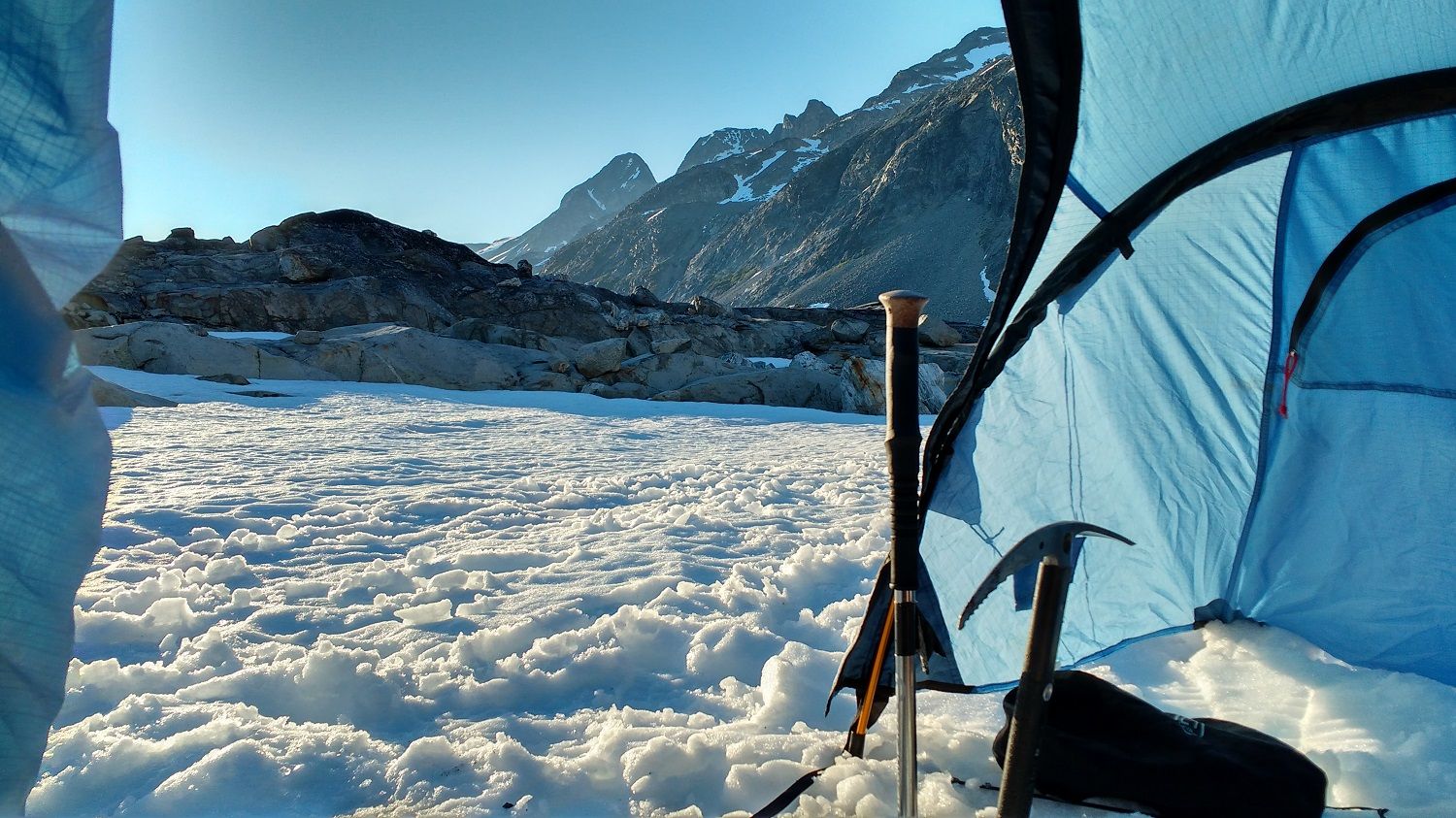
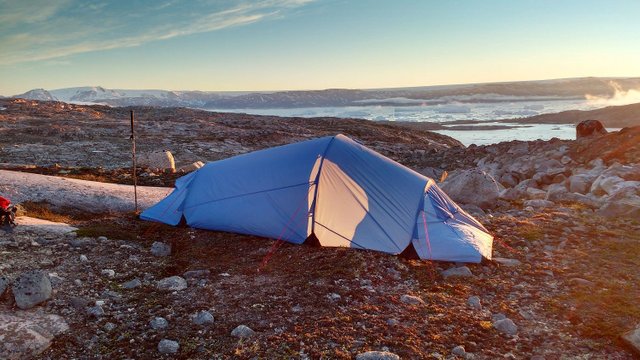
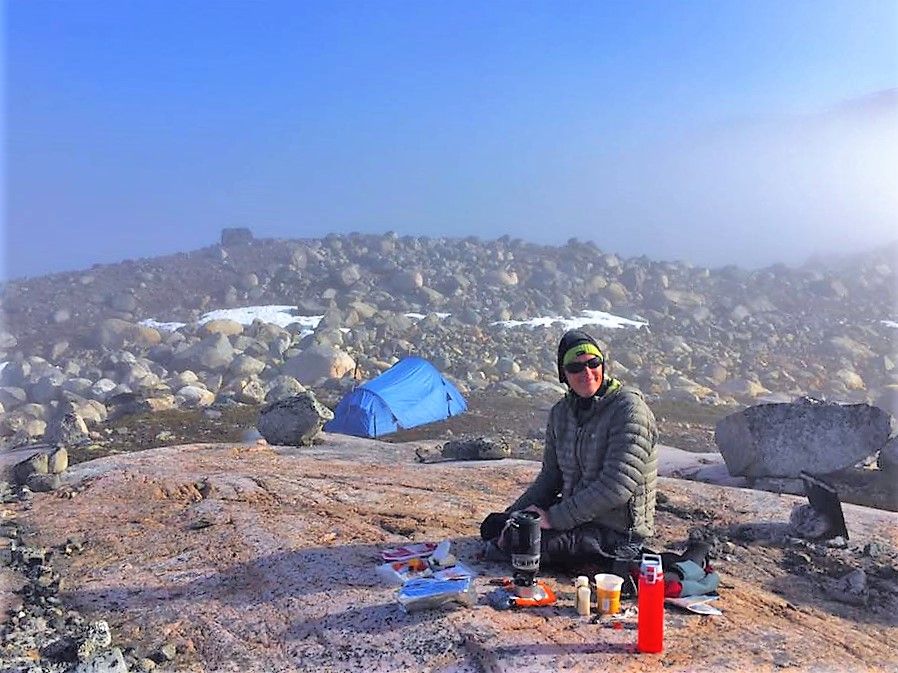
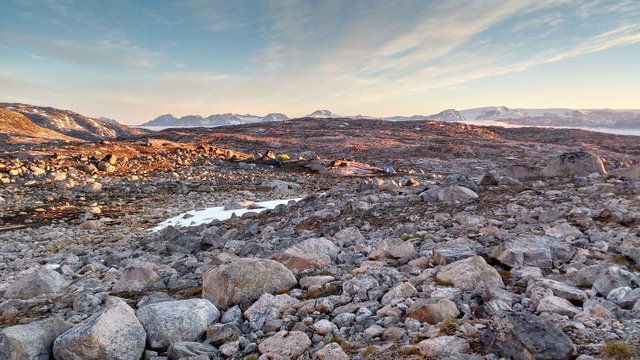
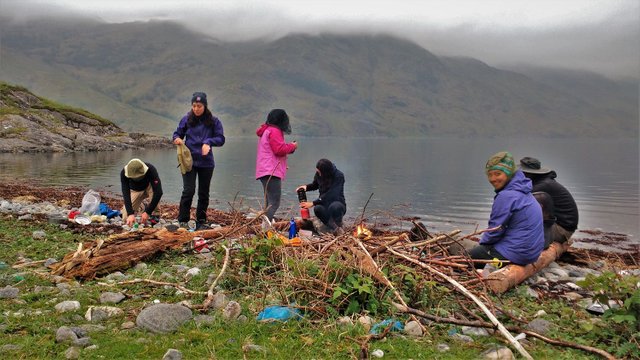
Great tip thanks just getting into wild camping. Well purchasing some items only done it once but loved it, a great experience.